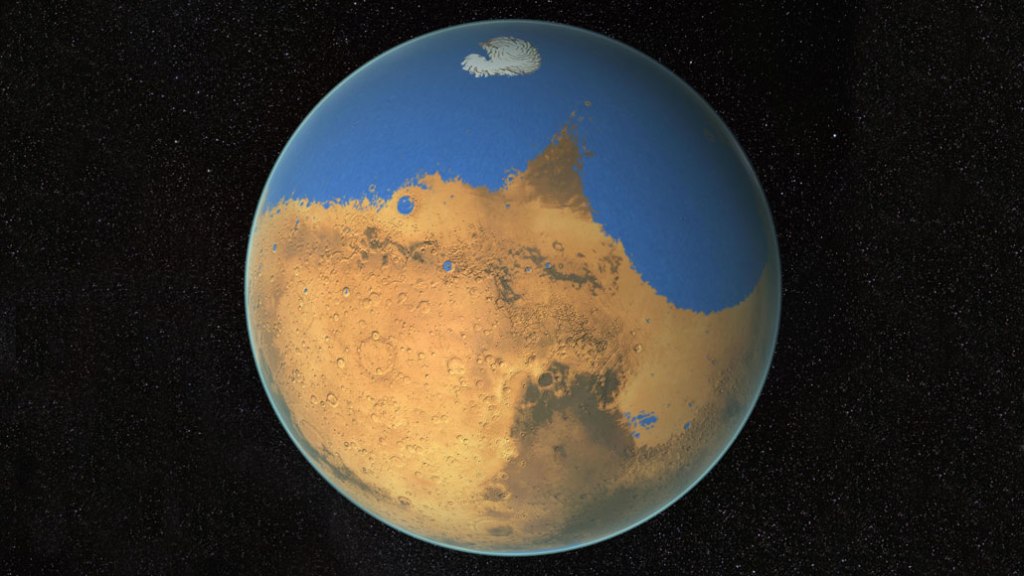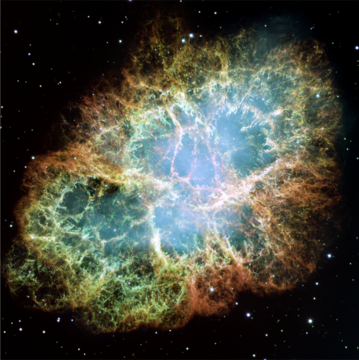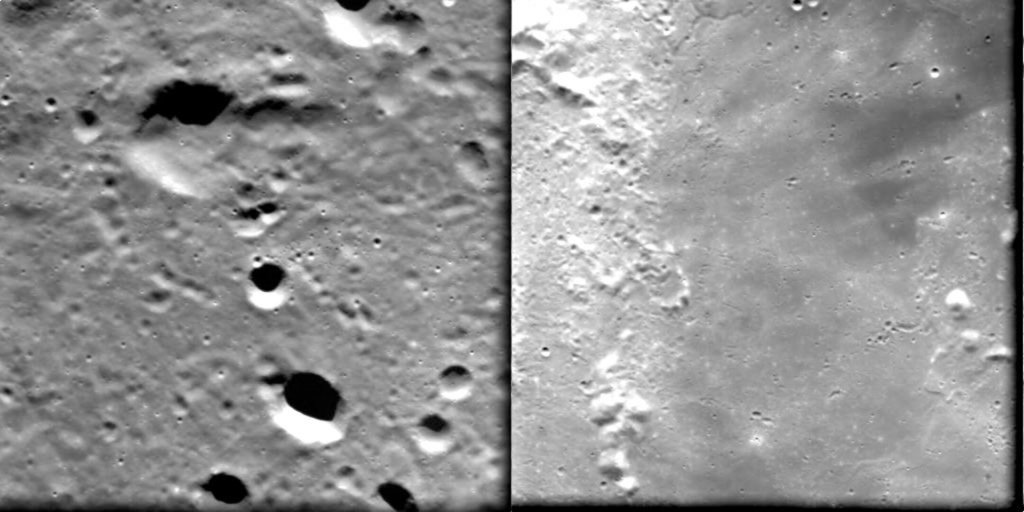With the intimate connection between water and life, the discovery and understanding of water on Mars has been a crucial point of research that is continuing to be updated. Although there is no liquid water on the surface of Mars, there is water in the form of ice in polar caps and glaciers. If all of the ice on Mars were melted, the entire planet could be covered in liquid water 10 meters in depth.1 In addition, it is possible that microscopic life could exist underneath the surface near locations of volcanic heat if there is liquid water.1
While there was previous knowledge of a potential lake underneath Mars’ surface, new information in 2020 not only supported the existence of this lake, but also the existence of three other lakes in the same area. Although the amount of salt necessary to keep water under the surface from freezing could pose an obstacle to life, the existence of liquid water on Mars could demonstrate that life exists on Mars or did exist billions of years ago.
Just this week, sources including The New York Times and The Chicago Tribune have published news regarding a leading theory on where the water on Mars went. While some of the water was split apart and sent into space (or exists as heavier deuterium that does not escape the planet as easily), most water is trapped in minerals and salts and therefore may still be on Mars (just in a useless form). Previous and current NASA rovers and orbiters found hydrated minerals, and the Perseverance Rover that landed recently will go to a river delta to look for clues regarding previous life that may have existed on the planet. Although Elon Musk joked about using nuclear bombs to thaw out the water and heat the planet, it remains to be seen if Mars will be habitable or if it already is (to other lifeforms).
[1] Bennett, Jeffery, et al. The Cosmic Perspective: The Solar System. 9th ed., Pearson, 2020.










